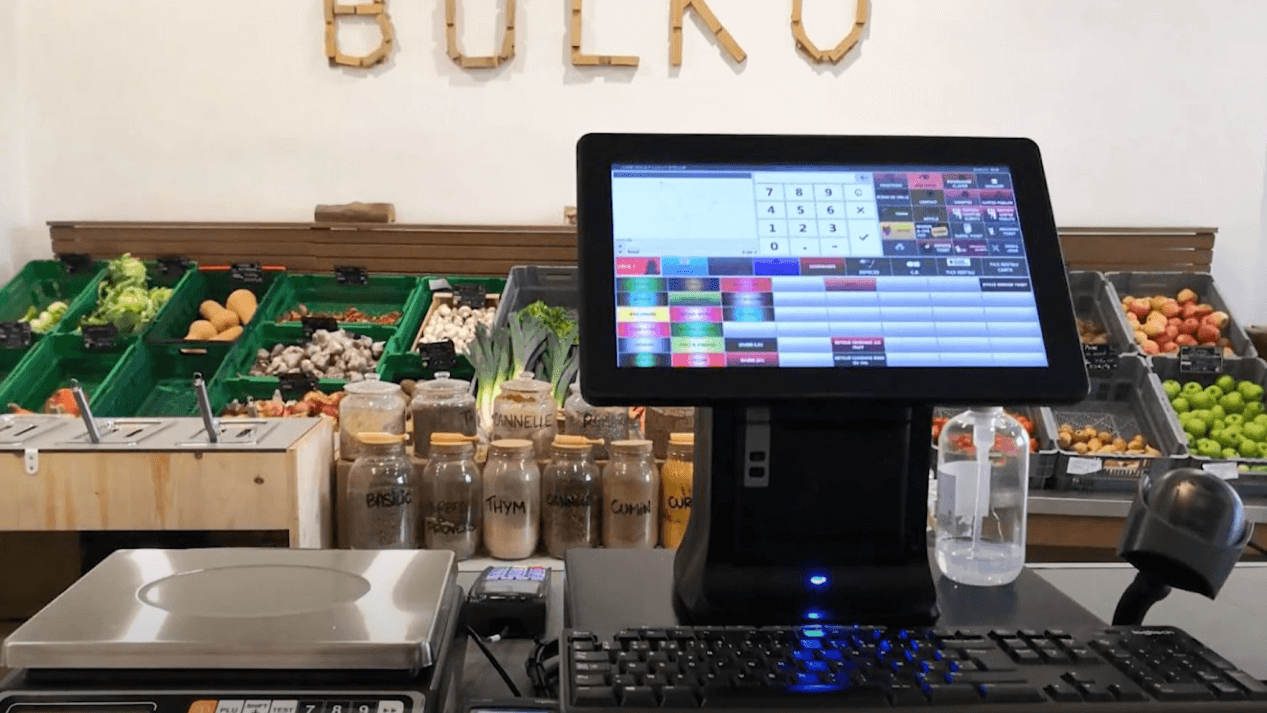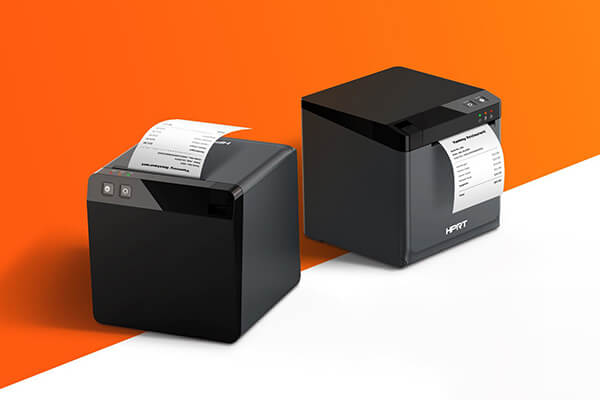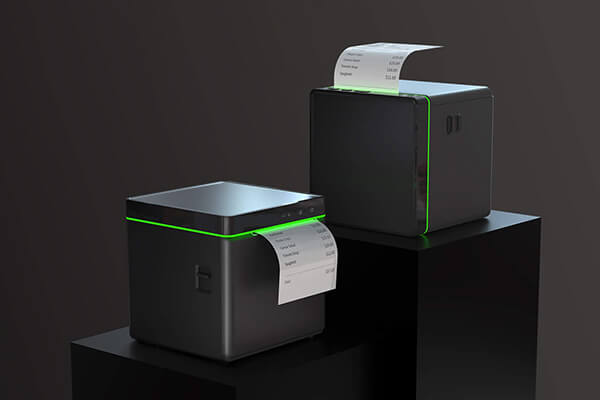What Is a POS Printer and How Does It Work
Publié par JiangDavid le
What Is a POS Printer?
So, what is meaning and definition of a POS printer? Simply put, A POS printer is dedicated hardware to create receipts, bills, and invoices during sales. As an integral part of a POS system, it's usually situated at the checkout counter or point of transaction to directly support sales workflows by calculating totals, managing payments, and documenting transaction data.
By delivering tangible proof of purchase, POS printer machine not only improves customer interactions (e.g., streamlining returns, exchanges, and post-purchase support) but also ensures accurate business documentation for audits and inventory management.

Key Functions:
- Print receipts, bills, and invoices
- Support sales transactions
- Document transaction data
- Facilitate returns and exchanges
Business Benefits:
- Improves checkout efficiency
- Enhances customer experience
- Provides audit documentation
- Supports inventory management
Types of POS Printers: Which One Is Right for Your Business?
POS receipt printers mainly come in three types, each employing different printing technologies and offering distinct advantages.
1. Thermal POS Printers
Thermal printers dominate sectors like retail, hospitality, logistics, healthcare, and events due to their rapid output and operational simplicity.
How Thermal Printing Works:
Thermal printing is pretty neat. It uses special paper that changes color when it gets warm. The printer head gently heats tiny spots on this paper in just the right way to create clear text and pictures. No ink needed! This printing way makes even small text, barcodes, and those square QR codes easy to read.
Advantages:
- Speed: Operate quickly, and deliver clear and crisp barcodes and text, ideal for high-volume environments.
- Low Maintenance: With fewer moving parts and no ink cartridges, thermal printers require minimal upkeep.
- Quiet Operation: Their printing process is relatively silent, contributing to a pleasant customer environment.
Considerations:
Thermal-printed receipts may fade over time, especially when exposed to heat or sunlight.
Recommended Model:
HPRT TP807 - High-speed 3-inch thermal POS printer
2. Impact (Dot Matrix) POS Printers
Impact printers include several types, among which dot matrix printers are the most common. They are a traditional yet reliable option in certain POS environments, particularly back-of-house and industrial applications where durability and multi-copy printing are essential.
How Impact Printing Works:
They use mechanical force to transfer ink onto paper. Among them, a dot matrix printer works by striking a ribbon with tiny pins to create text and graphics in a dot matrix pattern.
Advantages:
- Durability: Impact printers are robust and can operate in challenging environments.
- Multi-Part Forms: They can print on multi-part forms or carbon copies, producing clear and long-lasting text that's ideal for record-keeping.
Considerations:
Impact printers tend to be noisier and slower than thermal printers and require regular ink ribbon replacements.
3. Inkjet POS Printers
Inkjets are great for detailed color prints at home or the office, but they're rarely used for POS receipts. Their liquid ink process just isn't fast or durable enough for high-volume checkouts like thermal or impact printers are.
Still, for unique situations-like a boutique wanting receipts with color logos or promotions—inkjets might be considered.
How Inkjet Printing Works:
Tiny nozzles emit ink droplets onto the paper, forming characters and images with precision.
Advantages:
- High-Quality Output: Producing detailed and colorful receipts and bills.
Considerations:
Compared to thermal and impact printers, inkjet printers generally have slower printing speeds, can be more expensive to operate due to ink costs, and may require more maintenance.
Technical Comparison of POS Printer Types
| Feature | Thermal | Impact | Inkjet |
|---|---|---|---|
| Print Speed | Very Fast (200-350mm/s) | Moderate (50-150mm/s) | Slow (20-50mm/s) |
| Print Quality | Good (text/barcodes) | Good (text only) | Excellent (color graphics) |
| Noise Level | Quiet | Loud | Quiet |
| Durability | High | Very High | Moderate |
| Operating Cost | Low (thermal paper only) | Moderate (ribbons) | High (ink cartridges) |
| Best For | Retail, restaurants, hospitality | Warehouses, industrial use | Boutiques, promotions |
HPRT POS Printer Product Showcase
Our top-selling POS printers designed for reliability and performance.
Partager ce message
- 0 commentaire
- Balises: Label Printer, POS printer


